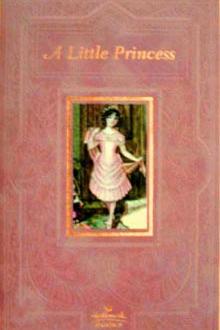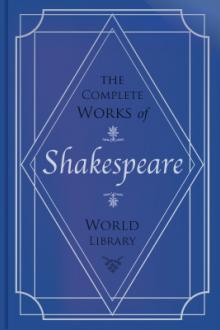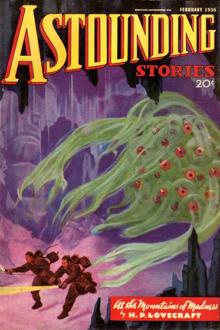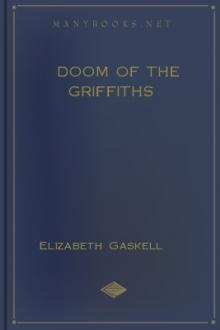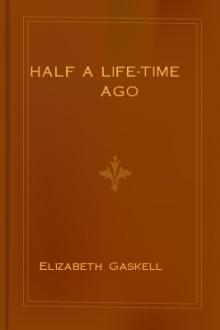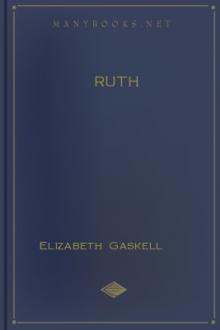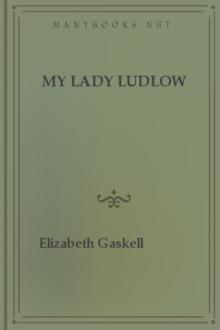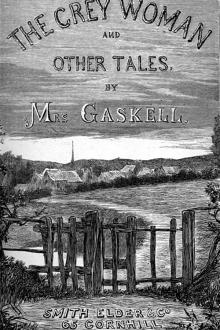Mary Barton
Book Excerpt
Groups of merry and somewhat loud-talking girls, whose ages might range from twelve to twenty, came by with a buoyant step. They were most of them factory girls, and wore the usual out-of-doors dress of that particular class of maidens; namely, a shawl, which at midday or in fine weather was allowed to be merely a shawl, but towards evening, if the day was chilly, became a sort of Spanish mantilla or Scotch plaid, and was brought over the head and hung loosely down, or was pinned under the chin in no unpicturesque fashion.
Their faces were not remarkable for beauty; indeed, they were below the average, with one or two exceptions; they had dark hair, neatly and classically arranged, dark eyes, but sallow complexions and irregular features. The only thing to strike a passer-by was an a
Editor's choice
(view all)Popular books in Fiction and Literature, Romance
Readers reviews
- Upvote (0)
- Downvote (0)
As the earnings of the working classes drop and the price of their food rises ... "though it may take much suffering to kill the able-bodied and effective members of society, it does NOT take much to reduce them to worn, listless, diseased creatures, who thenceforward crawl through life with moody hearts and pain-stricken bodies."
It's a little slow moving in parts, but Gaskell's vivid descriptions and strong characterizations of the suffering, poverty-stricken workers, desperate women and arrogant wealthy "masters" are riveting. Throughout, the characters are multilayered and very human and the plot compelling.
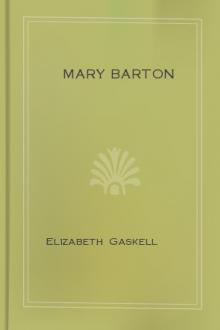
 Free Download
Free Download














